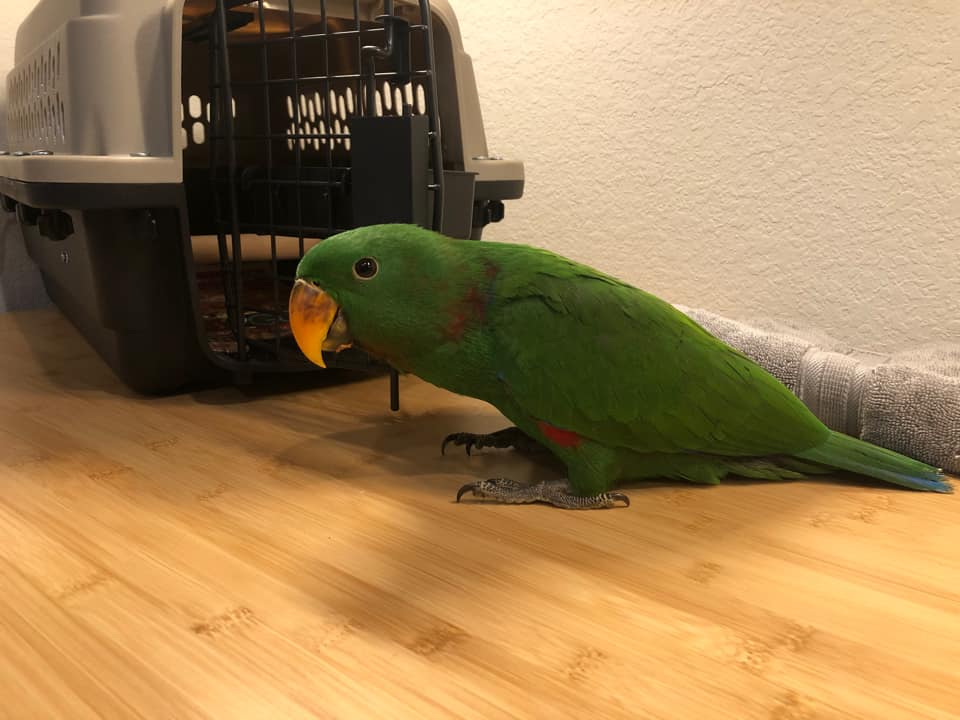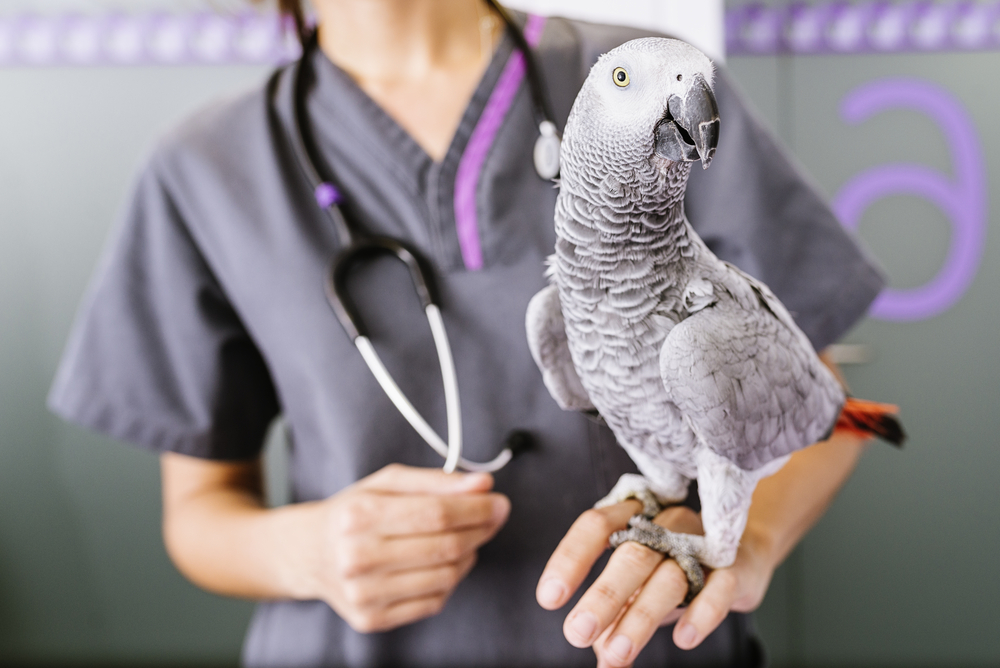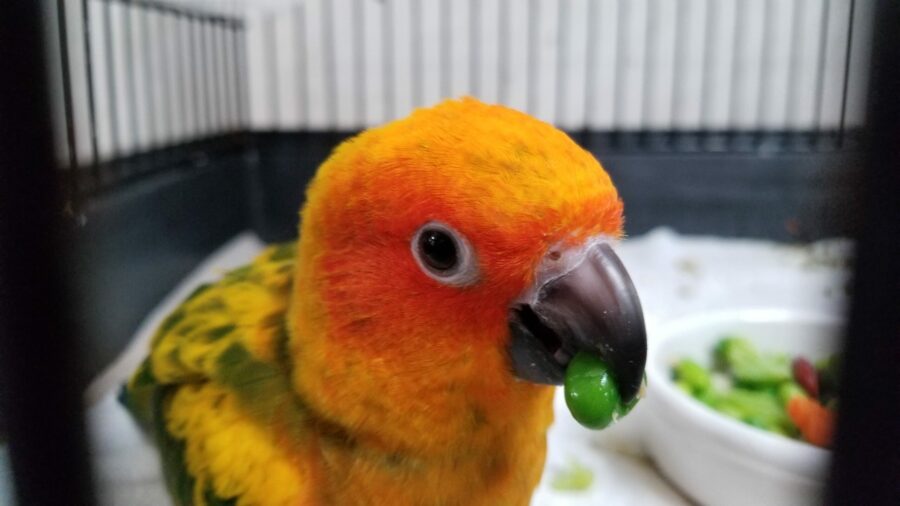
Reducing or eliminating distress for the avian companion starts before the patient arrives at the veterinary clinic. This is because transportation to the clinic can be a critical part of the process. Most avian companions rarely travel outside of the home. This means travel may have the potential to be challenging. Training birds for transportation in advance can give clients peace of mind and make it more likely that avian patients will receive regular annual examinations and necessary medical attention in a timely manner.
Transport Container Selection
Training for transport first requires finding an appropriate container. Some manufacturers have designed small travel cages, crates, and backpacks specifically for companion birds. However, other products such as plastic kennels or wire crates designed for dogs and cats can be adapted to work well for birds. Buyers should examine these products closely to ensure that the materials are safe and suitably indestructible, depending on the species identified for training.
An ideal container is comfortable, inviting, and easy to train the bird to use. This may require that the client add and position perching of the appropriate size for the species in training. Birds with long tails, like macaws, may require perching to be placed closer to one end to allow them to sit comfortably in the crate or cage. The container should have enough space for the bird to easily turn around.
Some containers provide more than one door, large doors, or unobstructed openings that make it easier for birds to enter voluntarily. This can facilitate training the bird to willingly enter a container for transport.
While it is tempting to put many toys inside a travel container, be careful to avoid hanging toys that can swing into the bird during car movement. This can create an unpleasant experience. Alternative options to consider include small foot toys that can be placed on the bottom of the crate or items that can be secured to the sides that won’t move.
Training to Enter the Transport Container
Training the bird to enter the travel container involves a series of steps. The first step is to give the bird time to habituate to the new crate or portable cage. This involves giving the bird time to see the travel container without any requirement to engage with it. This can be done by placing the crate or cage within viewing distance, while making sure the bird is calm and relaxed in its presence.
The next steps are to encourage interaction with the travel container. The initial interaction can be started by luring. Luring involves placing preferred items in a trail from outside that leads to inside the travel container. This can include food items and toys. For some birds, providing attention can also work.
If the bird knows how to orient their beak toward an object, like a ball on a stick or the tip of a chopstick to earn desired outcomes (also known as targeting), this behavior can also be used to guide the bird into the crate.
Subsequent steps include reinforcing for allowing the door to be closed for short increments of time. This is followed by reinforcing for allowing the container to be picked up with the bird in it. Over time, the container, with the bird inside, is moved for short distances.
Another important step in the shaping plan is to practice driving the bird in the container in the car. It is recommended to start with short trips around the block. Placement of the container may be important to prevent motion sickness for some individuals. Being able to see where they are going can help. If possible, advise clients to place the carrier in the front seat, raised so that the bird can see out the window. They shouldn’t cover the carrier or place it on the floor or in the back of the vehicle.
If clients report regurgitation, advise them on options to prevent motion sickness. Additionally, driving prior to feeding a meal can help reduce nausea.
Addressing Fear Responses
If the avian companion shows a fear response to transport containers due to prior experiences, another strategy is to use distance as a reinforcer for calm behavior in the presence of the travel container. This is done by starting far enough away from the container that the bird’s behavior is relaxed and calm.
Rather than getting closer and closer to the container, the client should approach the container only to a point at which the bird remains relaxed and comfortable, and then retreat from the container. This teaches the bird that calm body language at that distance results in moving away from the container. This is repeated and the distance between the bird and the container is decreased with each approximation.
Eventually the bird is very close to the container, showing relaxed behavior, and the procedure is switched to the steps utilizing the approach previously described. Learn more about how to use distance as a reinforcer in the Fear Free course Addressing Fear & Aggression in Avian Patients: A Constructional Approach.
Training for transportation is a behavior that can be taught even if a bird doesn’t know how to step up on hands or is not entirely comfortable with people. It is an important first step toward making an avian veterinary visit Fear Free. More details about training for transportation and how to train other behaviors to facilitate caring for avian patients are available in the Fear Free Veterinary Certification Program – Avian.
This article was reviewed/edited by board-certified veterinary behaviorist Dr. Kenneth Martin and/or veterinary technician specialist in behavior Debbie Martin, LVT.

